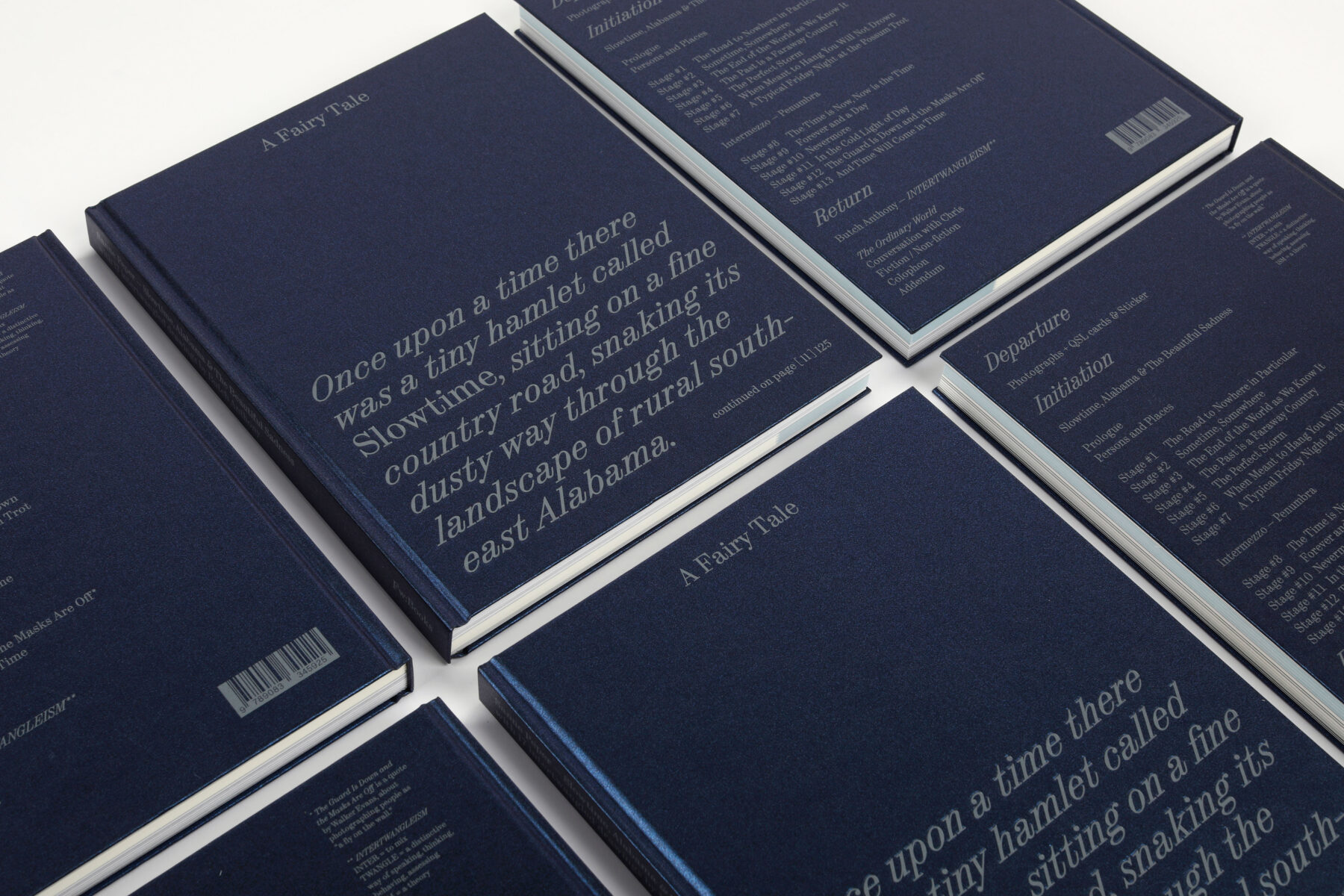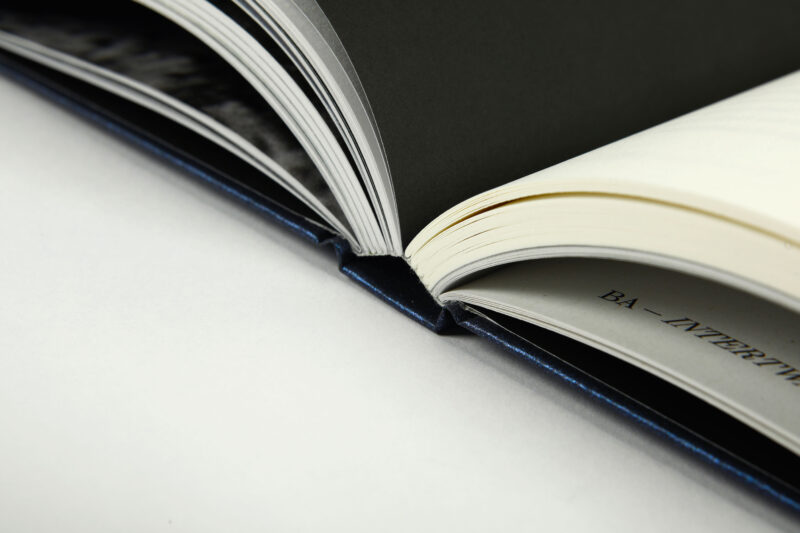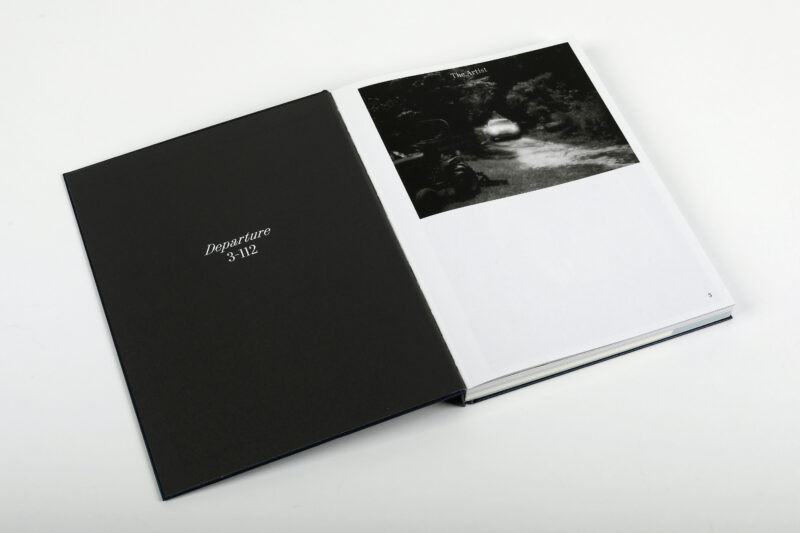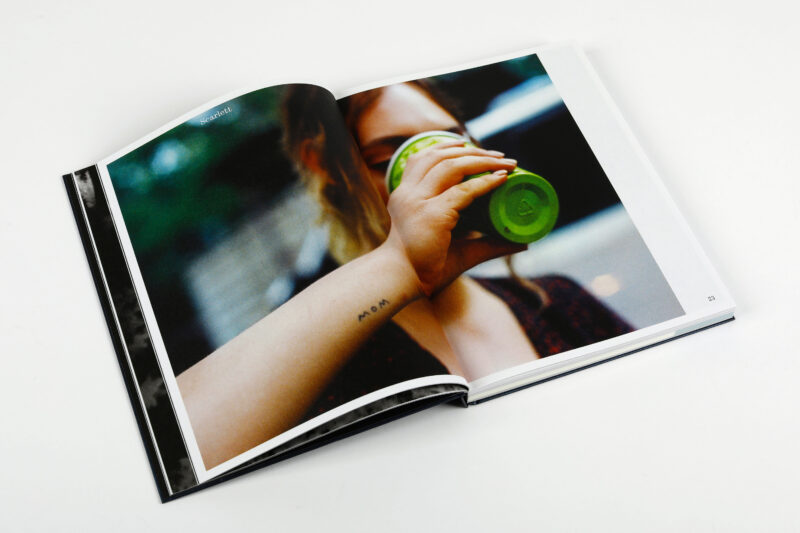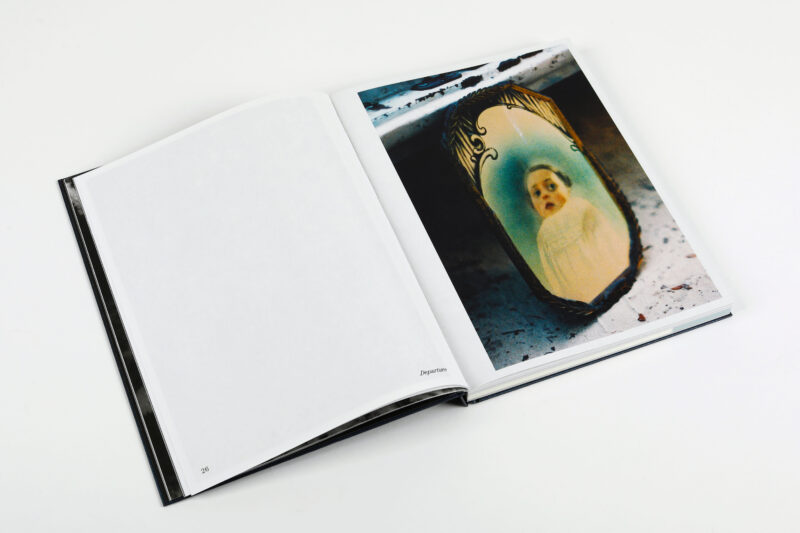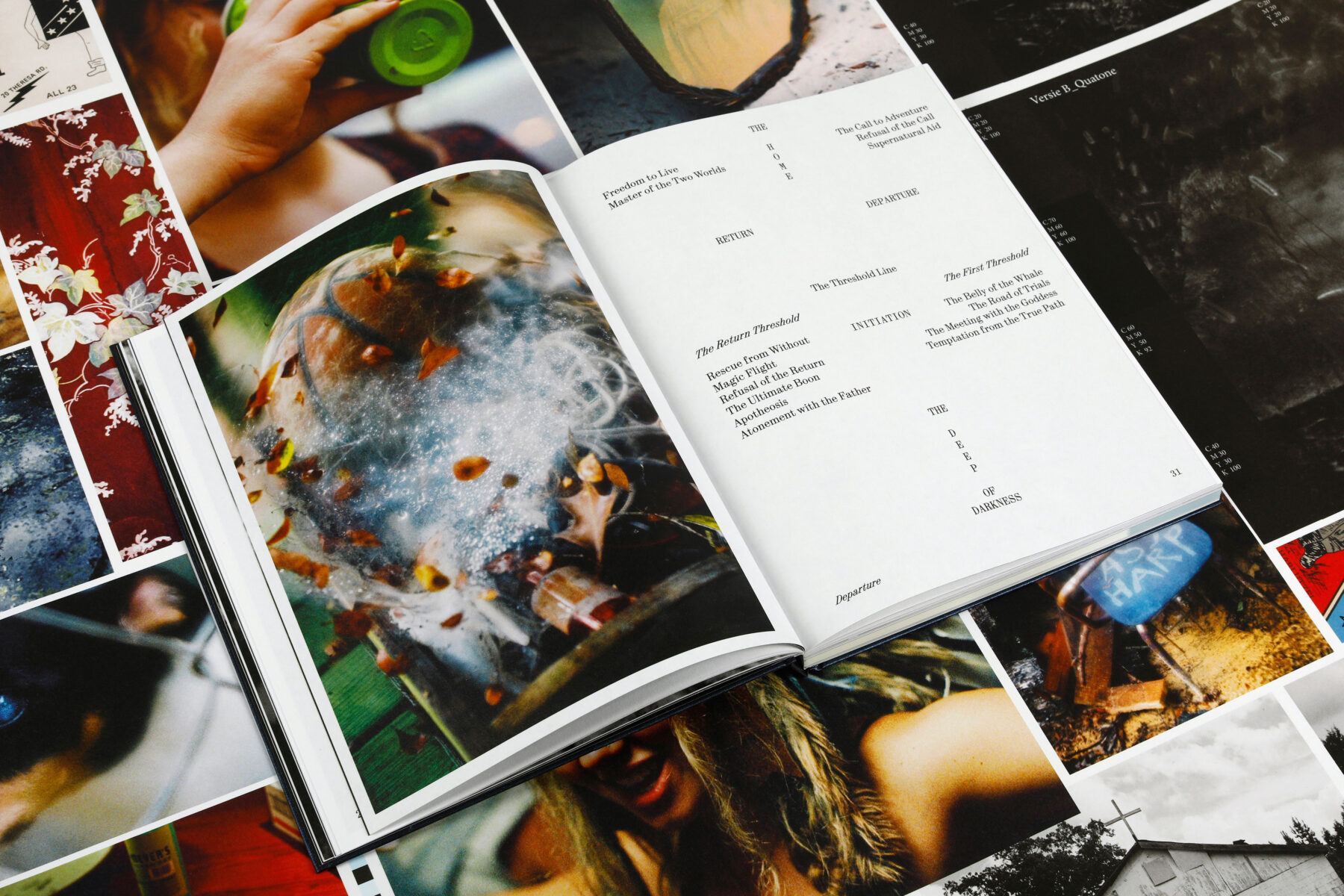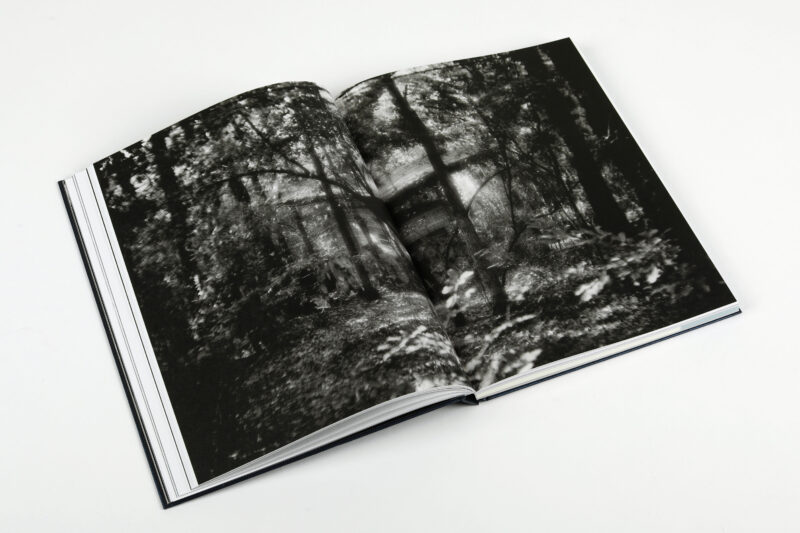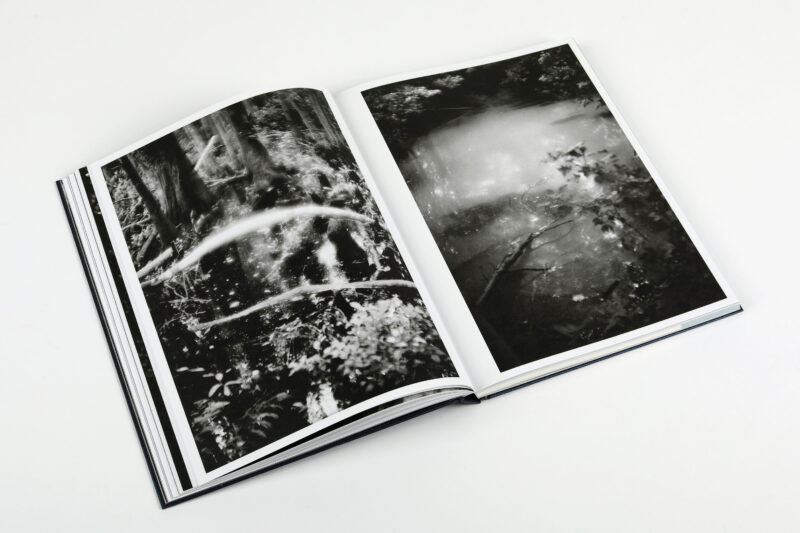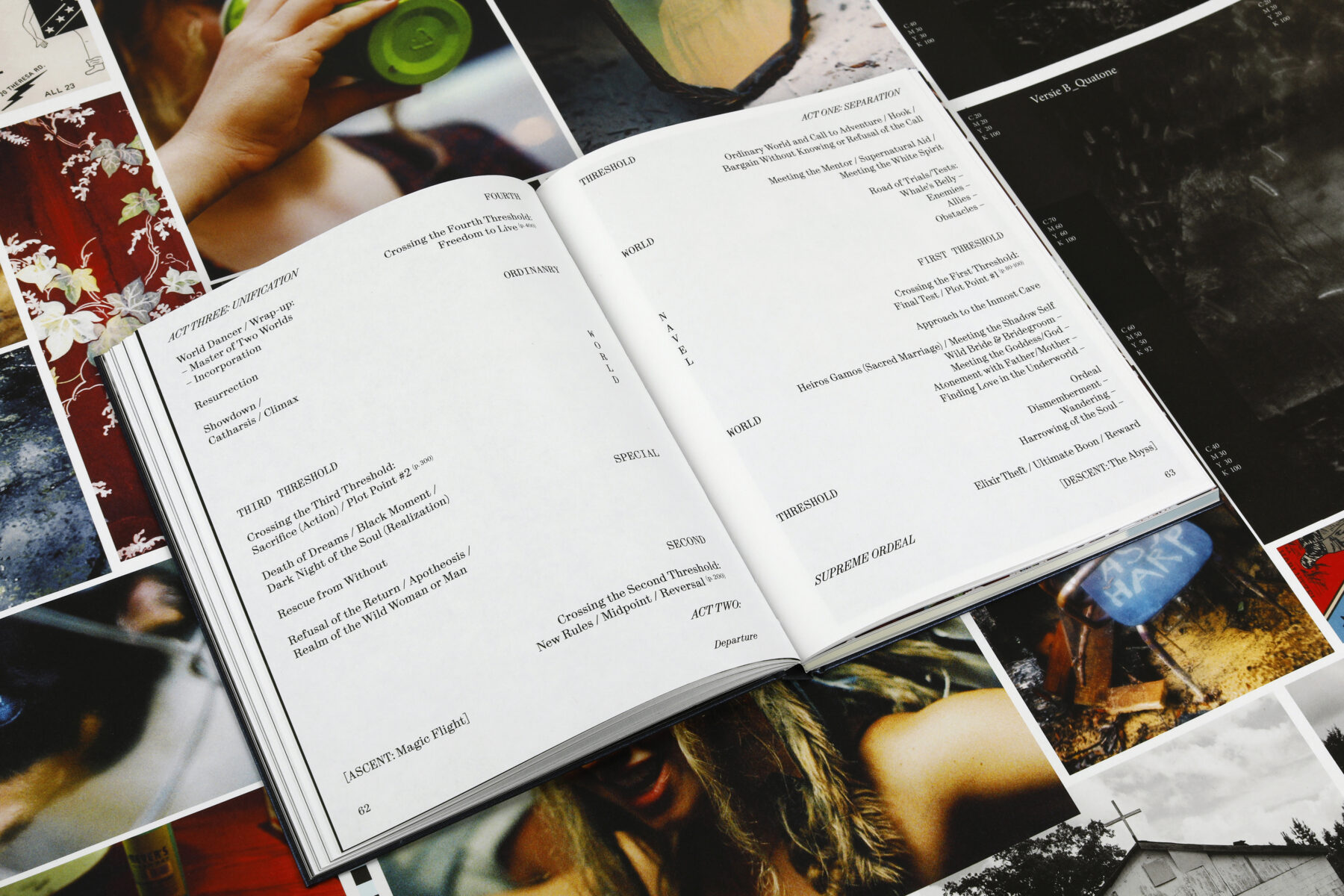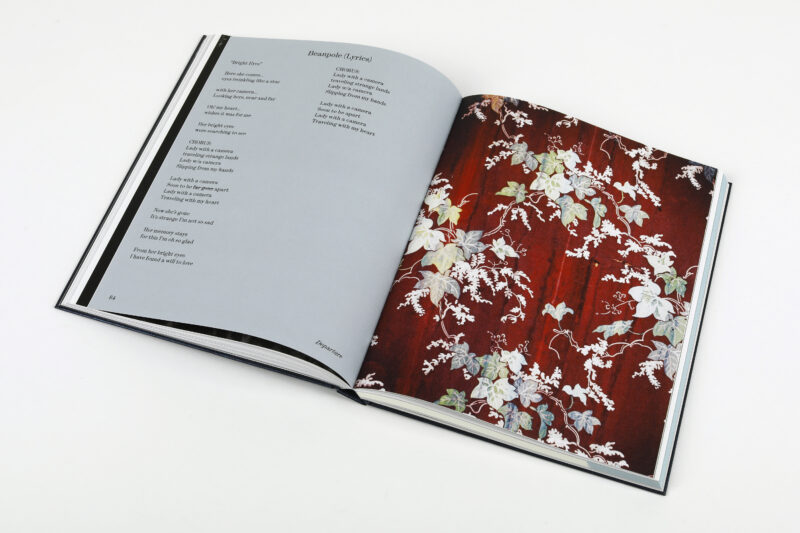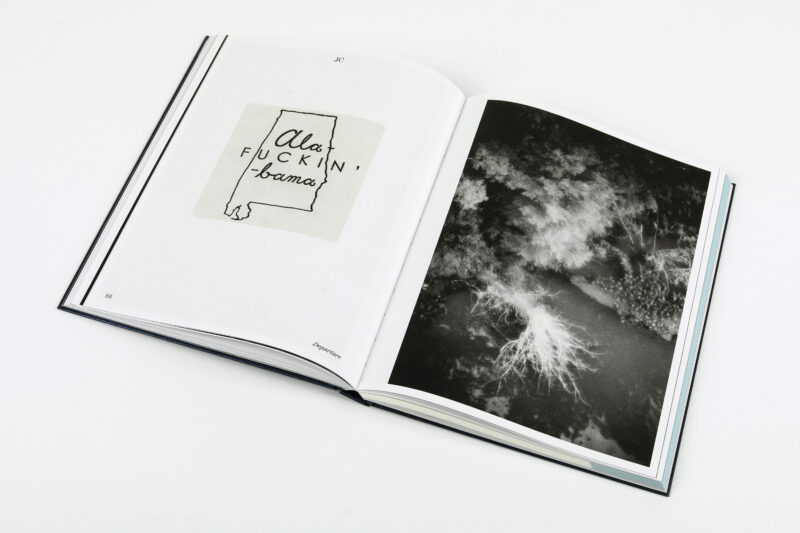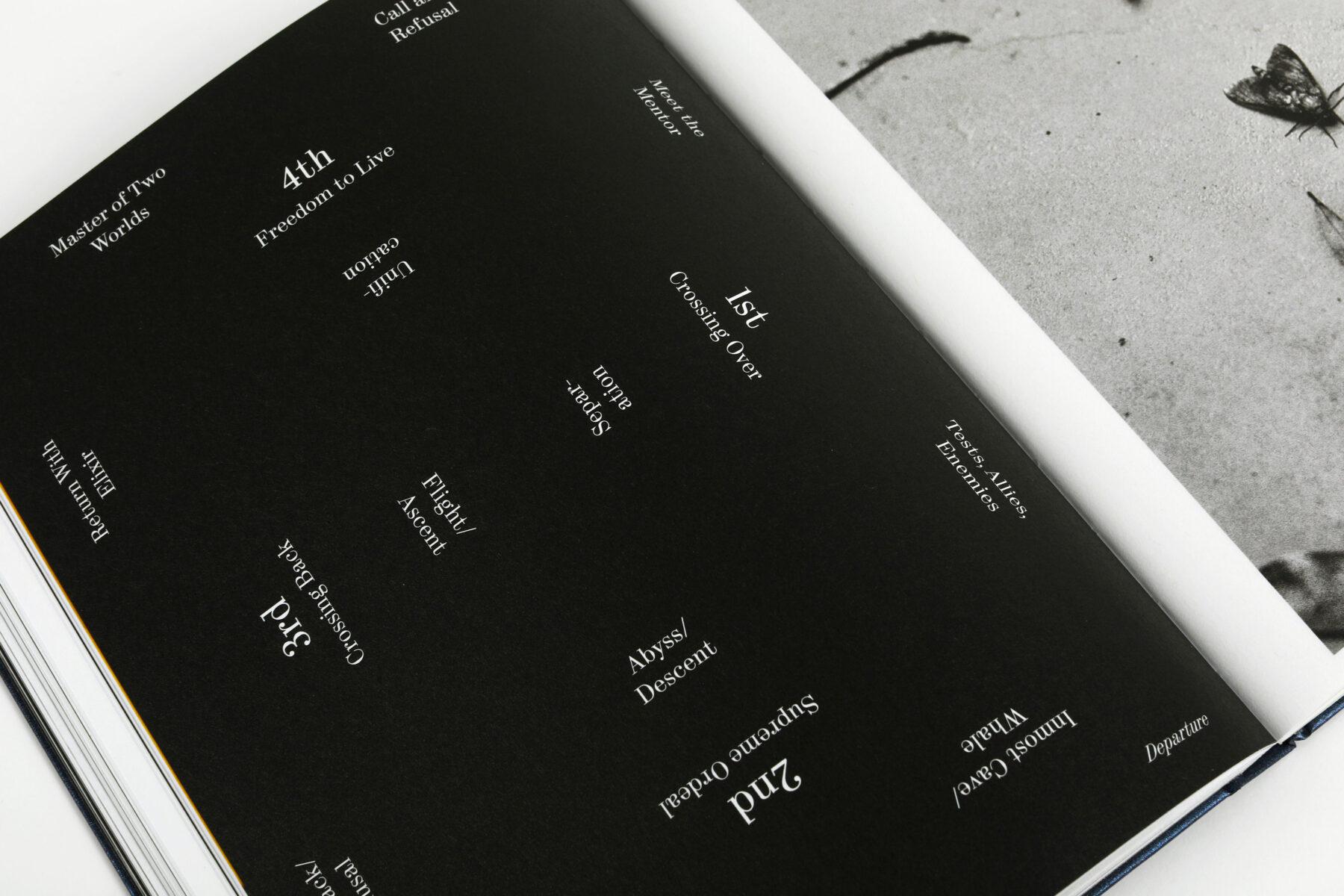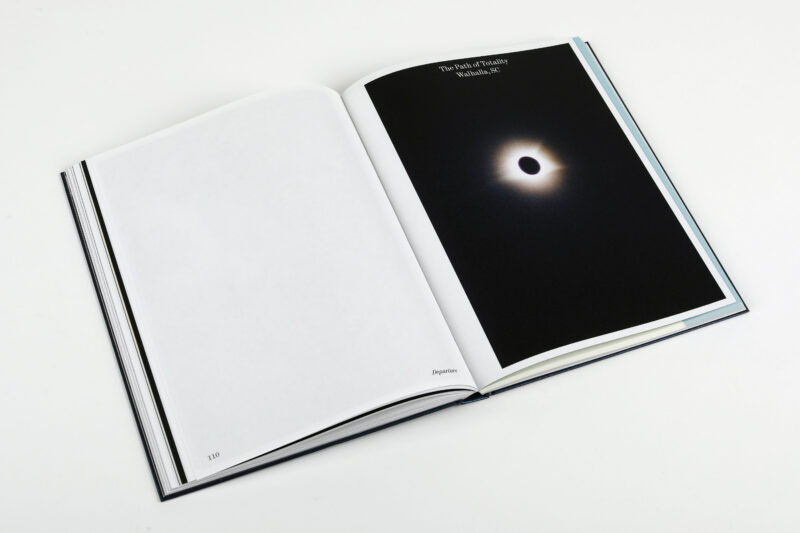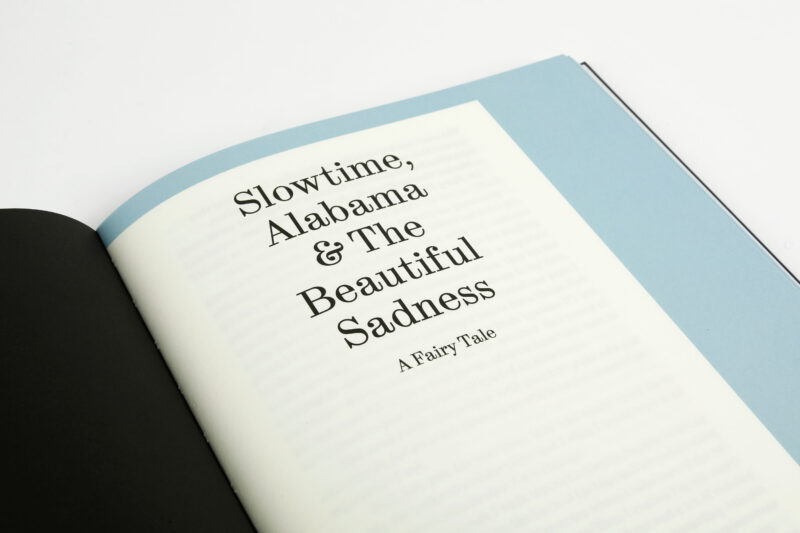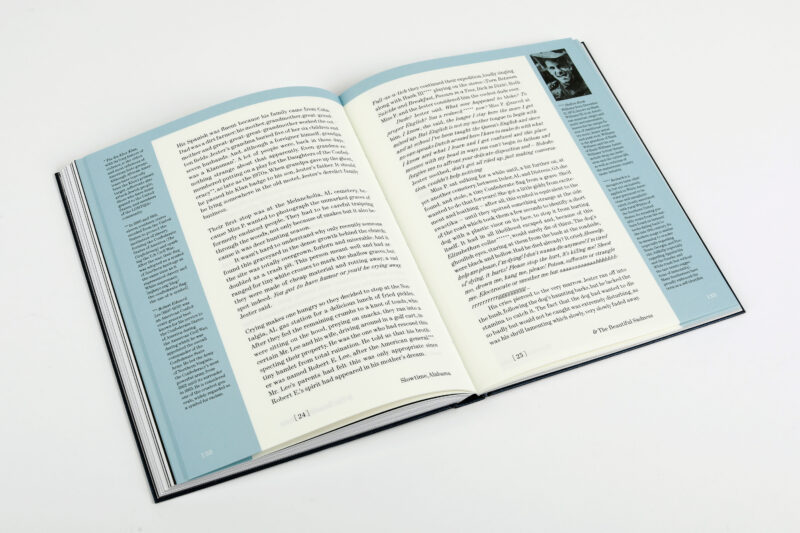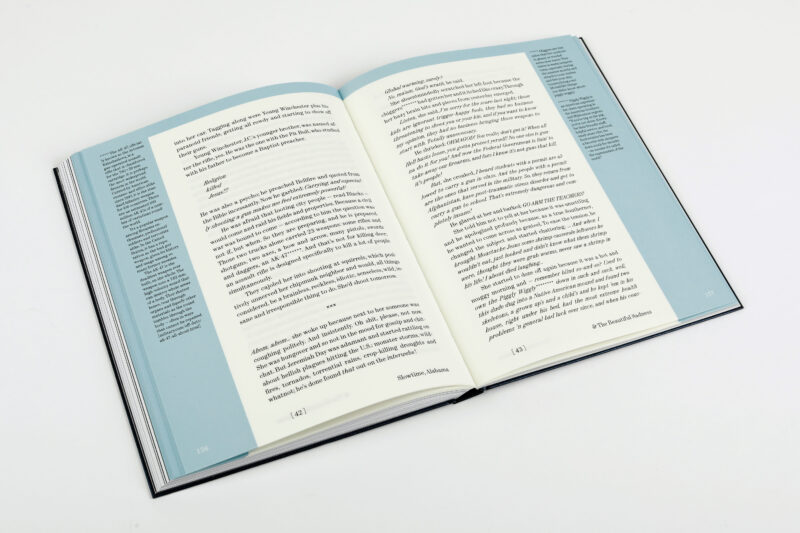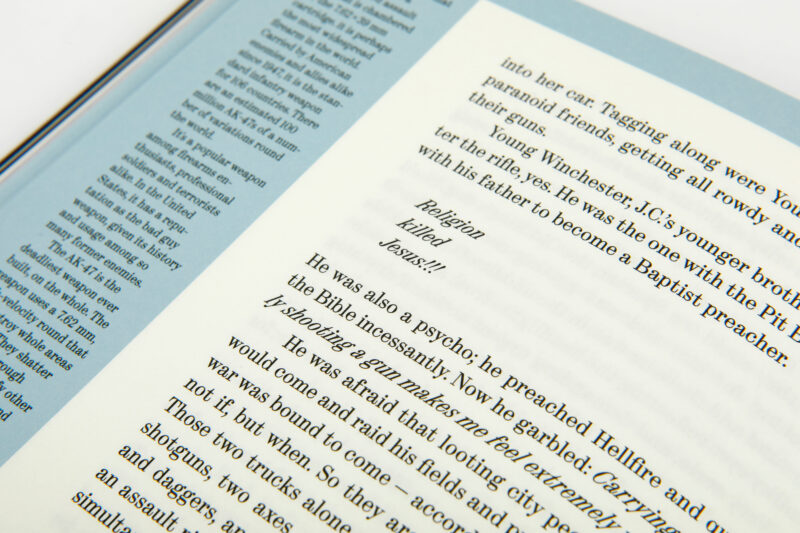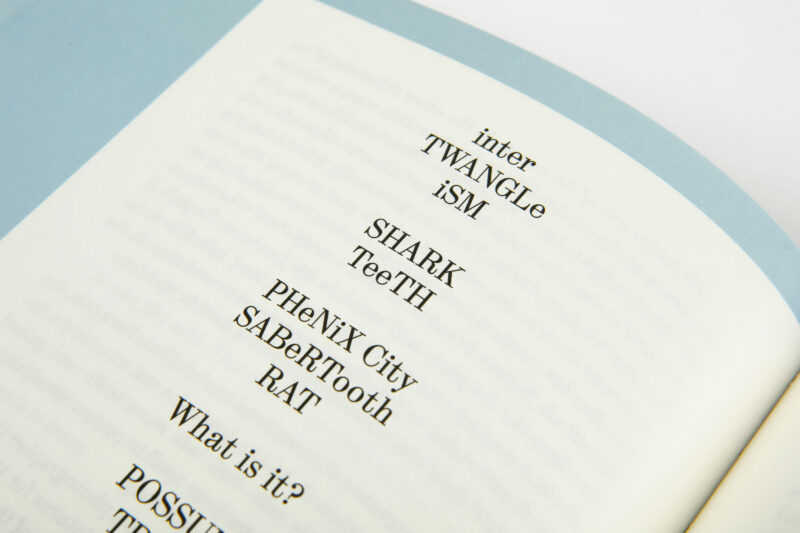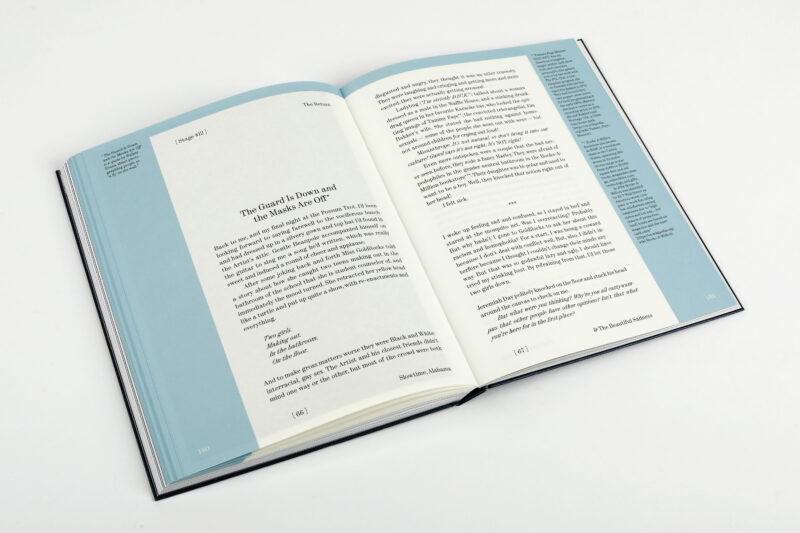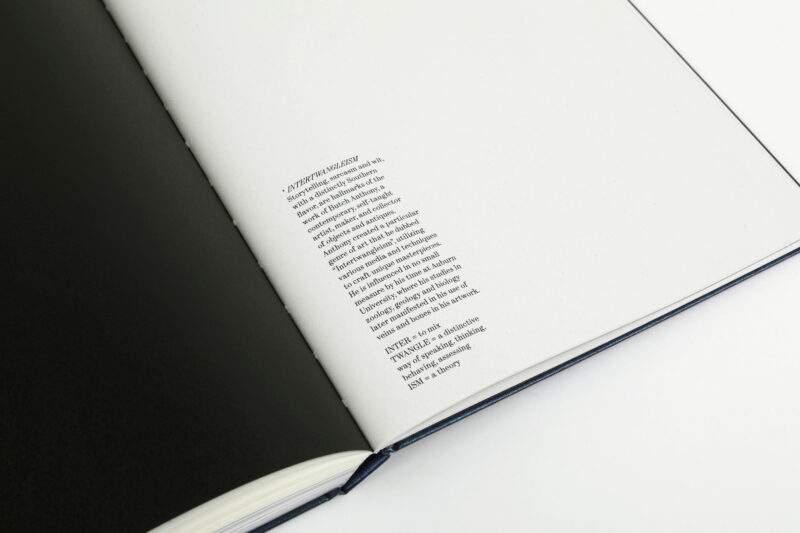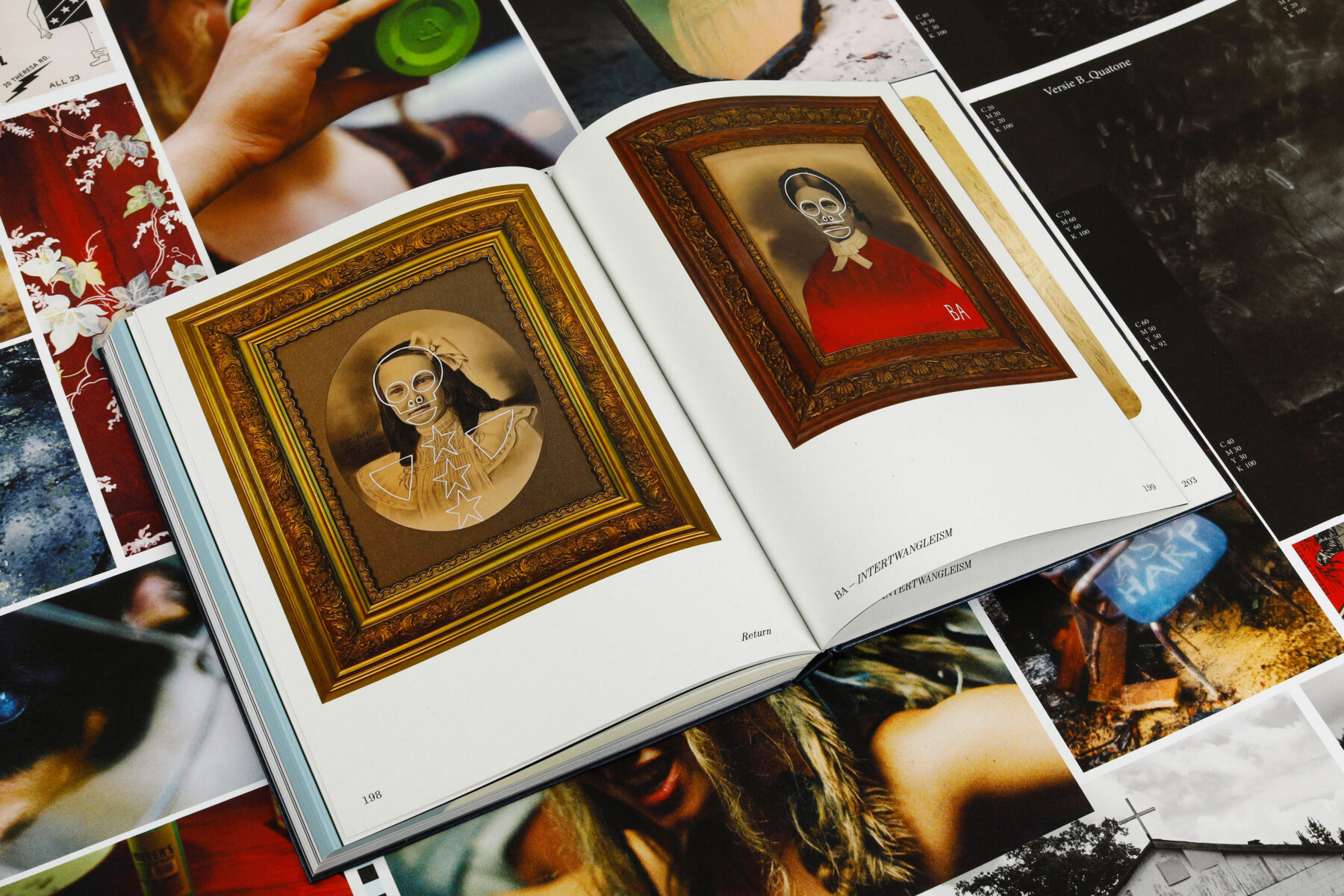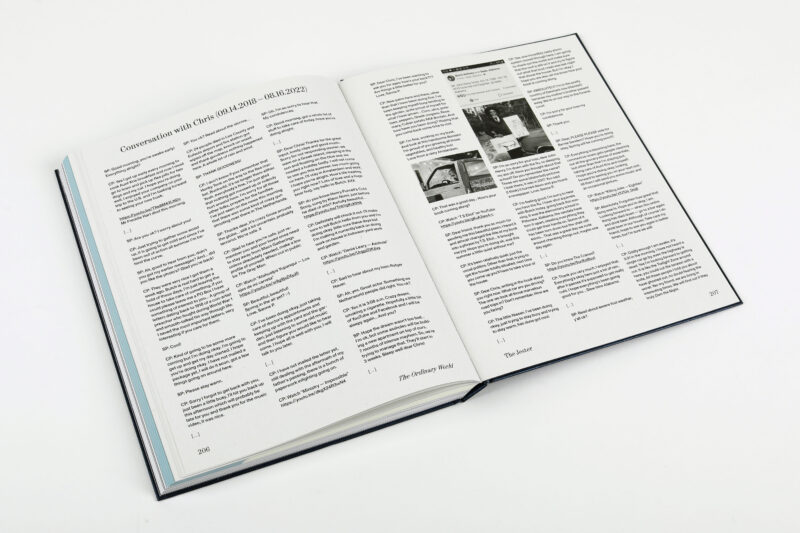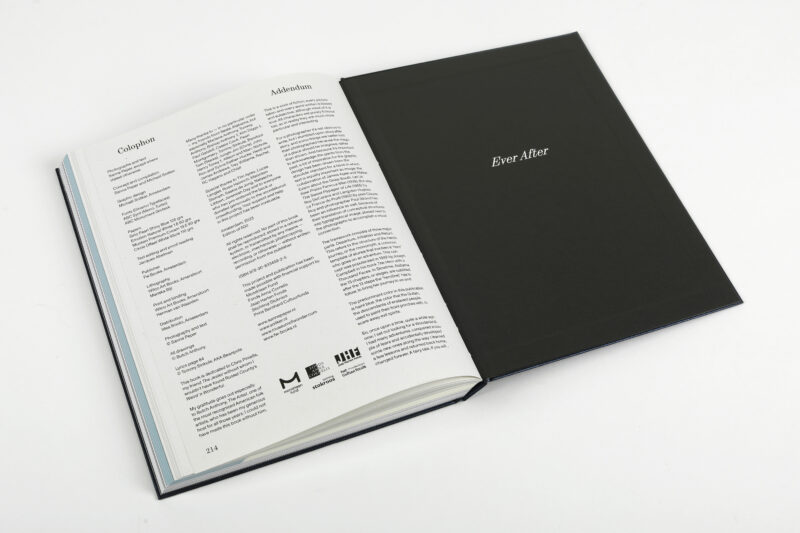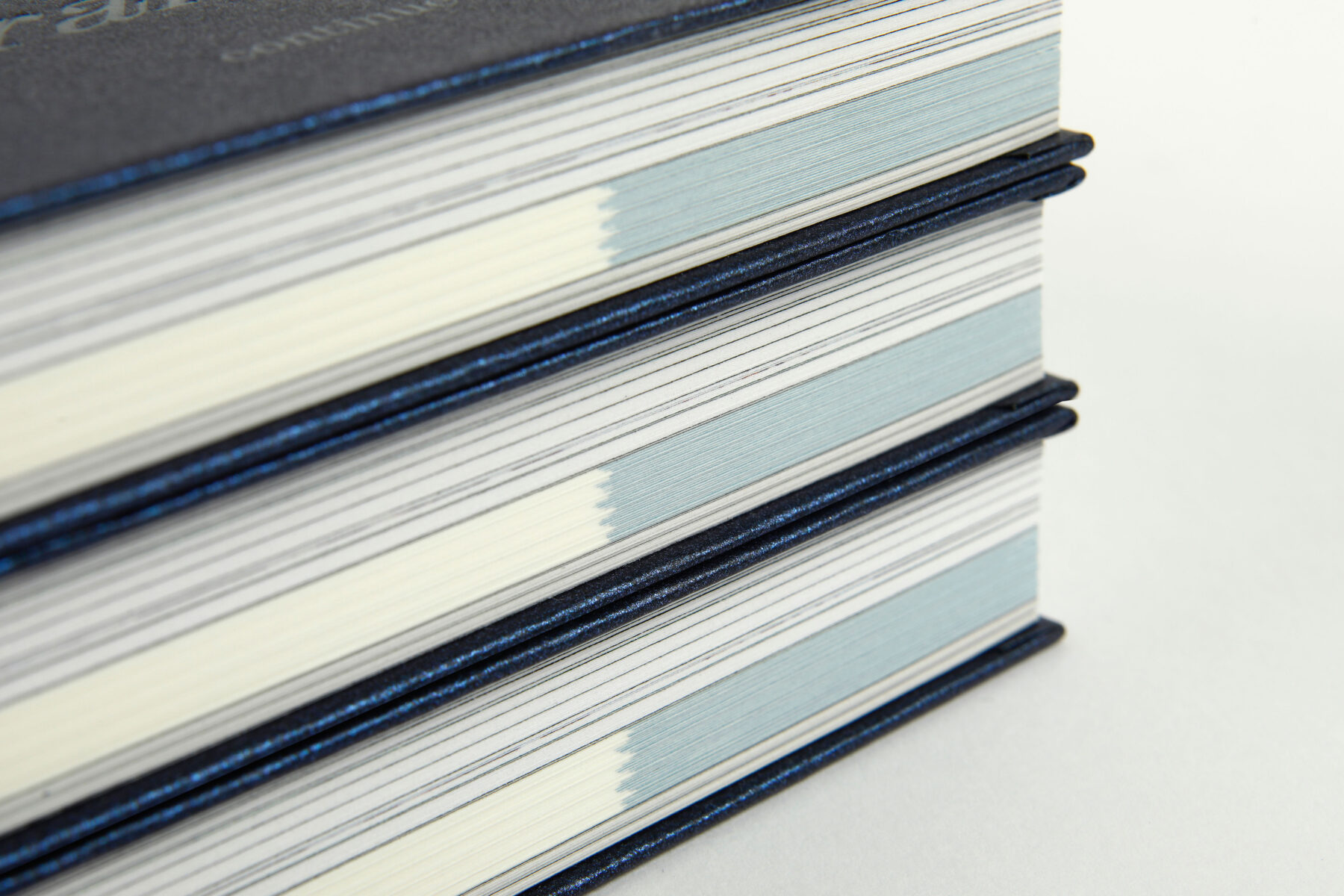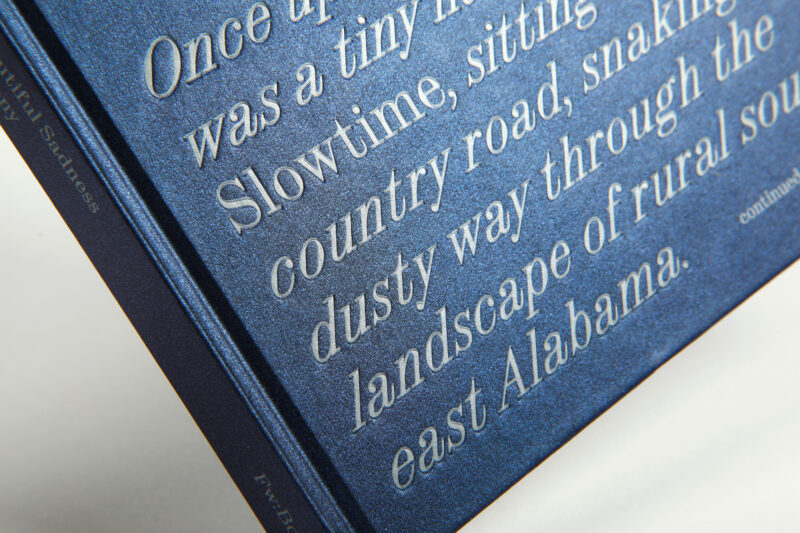Sanne Peper ― Slowtime, Alabama & The Beautiful Sadness ― A Fairy Tale
The more one knows fairy tales the less fantastical they appear; they can be vehicles of the grimmest realism, expressing hope against all the odds with gritted teeth. — Marina Warner, From the Beast to the Blonde: On Fairy Tales and Their Tellers, 1994
Slowtime, Alabama & The Beautiful Sadness is about The Deep South, a highly complex and interesting part of the US. And is a fairytale-like photo/text book about good and evil, the human condition, an alt-right chipmunk who goes by the name of Jeremiah Day, and ultimately about the fear of the other. The book consists of photographs, and texts about things Sanne Peper experienced and tales people told her. — Fw:Books
This book is a work of fiction; every picture taken and every word written is biased and subjective, although most of it is true. All characters are purely fictional too, as in reality they are much more particular and interesting.
For a photographer it’s not obvious to write, but Sanne Peper stumbled upon story after story, and some things are better told than photographed because the magic of a place should be imagined, rather than shown. And because it’s important to acknowledge the giants from the past, a lot of inspiration for the graphic design has been drawn from the absolute standard for a book in which text is equally important as image, the collaboration of James Agee and Walker Evans about the Deep South: Let Us Now Praise Famous Men (1939). But also The Sweet Flypaper of Life (1955) by Roy DeCarava and Langston Hughes. La France de Profil (1952) by poet Claude Roy and photographer Paul Strand has been an influence as well, because of their translation of conceptual structures into typographical image, placed next to the photographs to accomplish a visual connection.
The framework consists of three major parts: Departure, Initiation and Return. This refers to the structure of the hero’s journey, or the monomyth, a common template of stories that involves a “hero” who goes on an adventure. This concept was popularized in 1949 by Joseph Campbell in his book The Hero with a Thousand Faces. In Slowtime, Alabama the 13 chapters, or stages, are subtitled after the 13 steps the “hero(ine)” has to follow, to bring her journey to an end. The predominant color in this publication is haint blue, the color that the Gullah, the descendants of enslaved people, used to paint their front porches with, to scare away evil spirits.
This project and book have been made possible with generous financial support by the Mondriaan Fund, Fonds Anna Cornelis, Stichting Stokroos, Jaap Harten Fonds en Het Cultuurfonds
Awarded with the Best Dutch Book Designs by the student jury 2023
debestverzorgdeboeken.nl
216 pages | 190 × 245 mm | English
Fw:Books, Amsterdam, 2023
Typeface: ABC Synt (Mono, Turbo) and ABC Monument Grotesk (Dinamo Typefaces)
Papers: Emotion Natural White 1.8 80 gsm, Munken Premium Cream 19.5 90 gsm, Circle Offset White 95cie 110 gsm and Sirio Pearl Shiny Blue 125 gsm (cover)
Lithography: Wilco Art Books, Mariska Bijl
Printer: Wilco Art Books, Amersfoort
Binding style: Sewn hardback with a flat spine, thin boards with minimal square by Wilco Art Books (Herman van Waarden)
